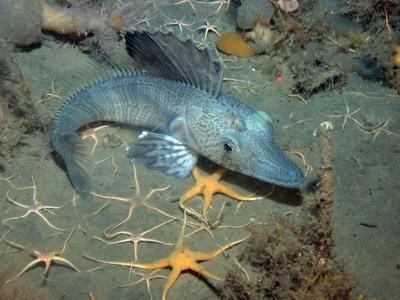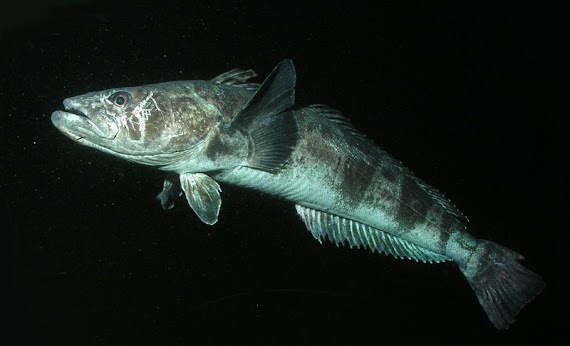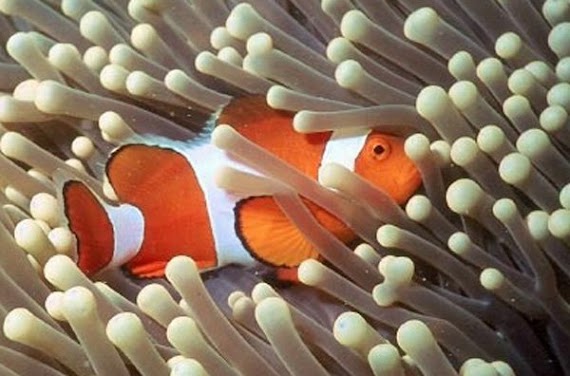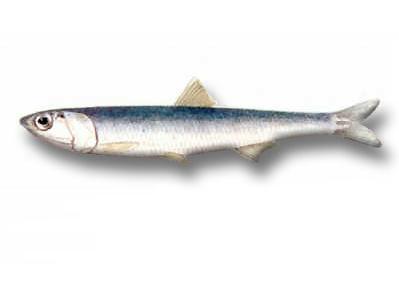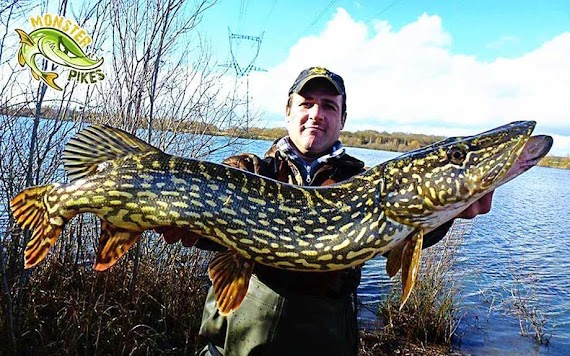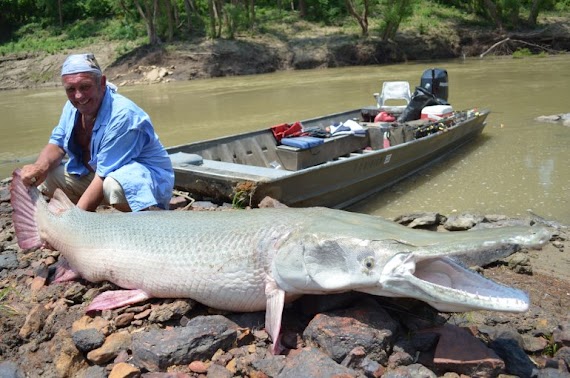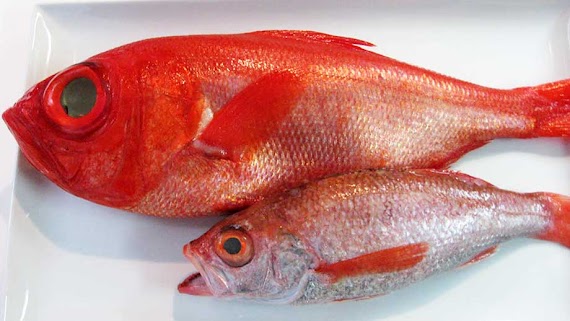Antarctic Icefish images -Notothenioidei is one of 18 suborders from the order Perciformes and includes Antarctic fish and sub-Antarctic fish. Notothenioids are distributed mainly throughout the Southern Ocean around the coasts of New Zealand, South America, and Antarctica. The main seawater temperatures between −2 and 4 °C (28 and 39 °F), but some the subpolar species inhabit waters that may be as warm as 10 °C (50 °F) around New Zealand and South America. Seawater temperatures below the freezing point of fresh water (0 °C or 32 °F) are possible due to the dissolved salts. (Wikipedia)
Read also: Fish Images with Common Names
Notothenioids have a depth range of about 0–1,500 m (0–4,921 ft).
Comparison studies between sub-Antarctic and Antarctic notothenioids have revealed different ecological processes and genetic differences between the two groups of fish, like loss of hemoglobin and changes in buoyancy.
Read also: Fish Images with Common Names
Antarctic Icefish Images
Images ofAntarctic Icefish
Comparison studies between sub-Antarctic and Antarctic notothenioids have revealed different ecological processes and genetic differences between the two groups of fish, like loss of hemoglobin and changes in buoyancy.
Image Source:
wikipedia.org http://ichthyologist.tumblr.com/post/22639935945/antarctic-ice-fish-notothenioidei-as-an https://blogs.scientificamerican.com/brainwaves/how-the-antarctic-icefish-lost-its-red-blood-cells-but-survived-anyway/ http://phys.org/news/2009-12-pictures-reveal-rich-antarctic-marine.html |
attention:
all images contained on this page does not belong to this blog, the
images used for information purposes only. If you are the owner of the
image above and do not want the picture shown, please contact us and
we'll remove it immediately. Thank you
|

